Startup lands $17m to advance noninvasive approach where nanoparticles act as ‘antennae’ to communicate signals in and out of the brain.


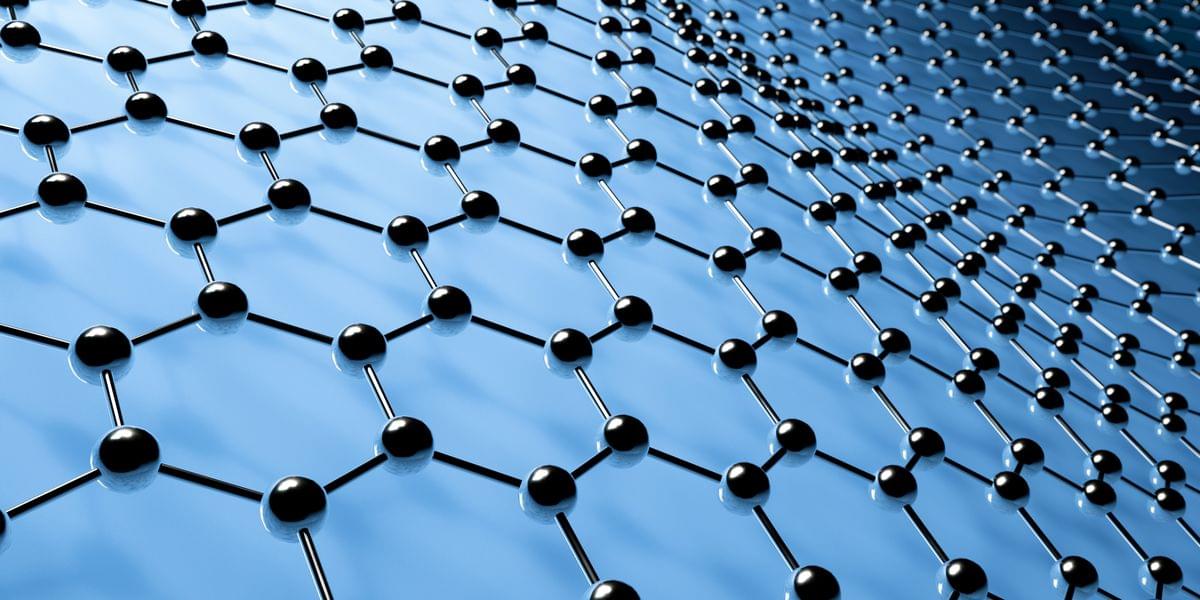
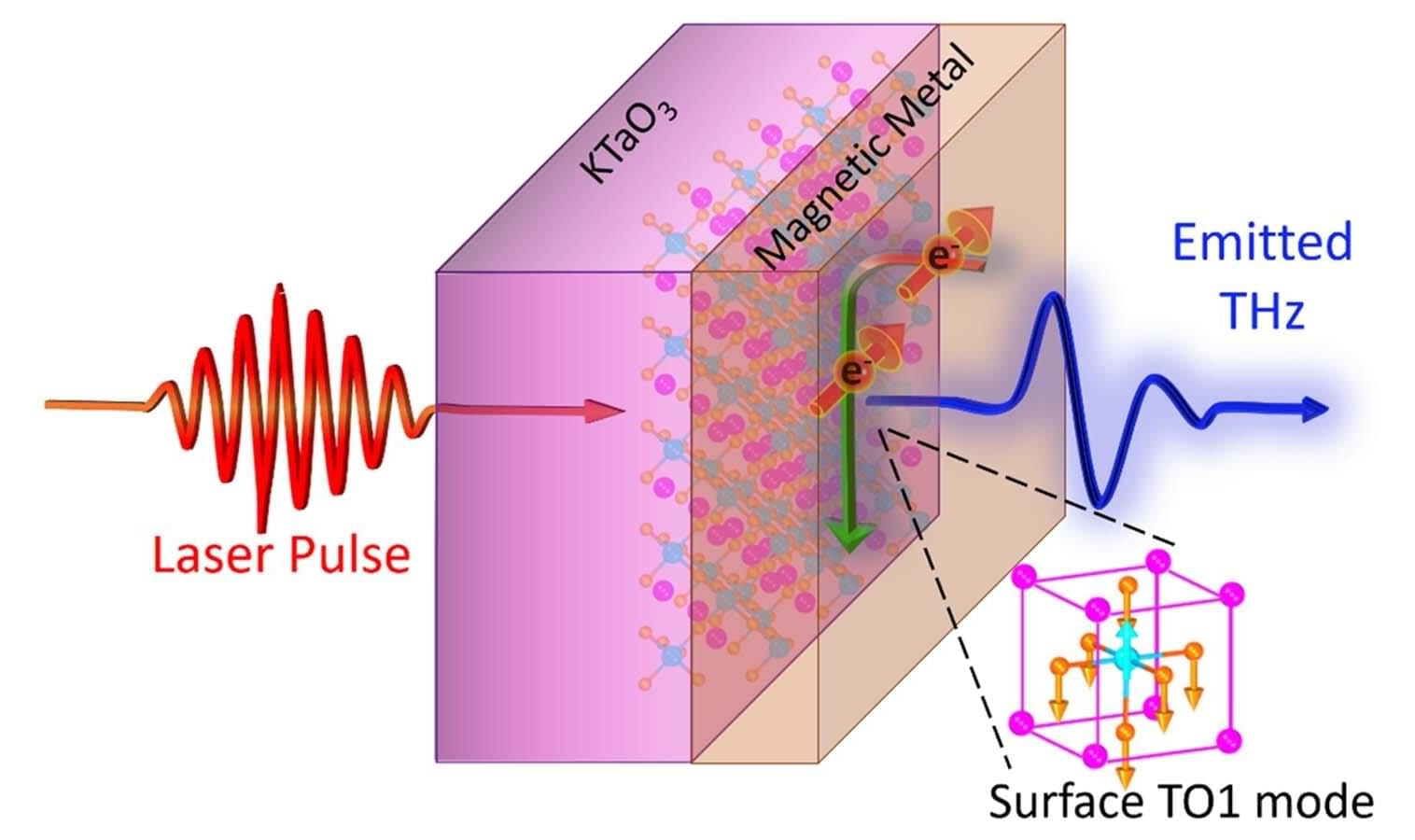
Scientists are racing to develop new materials for quantum technologies in computing and sensing for ultraprecise measurements. For these future technologies to transition from the laboratory to real-world applications, a much deeper understanding is needed of the behavior near surfaces, especially those at interfaces between materials.
Scientists at the U.S. Department of Energy’s (DOE) Argonne National Laboratory have unveiled a new technique that could help advance the development of quantum technology. Their innovation, surface-sensitive spintronic terahertz spectroscopy (SSTS), provides an unprecedented look at how quantum materials behave at interfaces.
The work is published in the journal Science Advances.

“ tabindex=”0” quantum computing and secure communications. Scientists have optimized materials and processes, making these detectors more efficient than ever.
Revolutionizing Electronics with Photon Detection
Light detection plays a crucial role in modern technology, from high-speed communication to quantum computing and sensing. At the heart of these systems are photon detectors, which identify and measure individual light particles (photons). One highly effective type is the superconducting nanowire single-photon detector (SNSPD). These detectors use ultra-thin superconducting wires that instantly switch from a superconducting state to a resistive state when struck by a photon, enabling extremely fast detection.
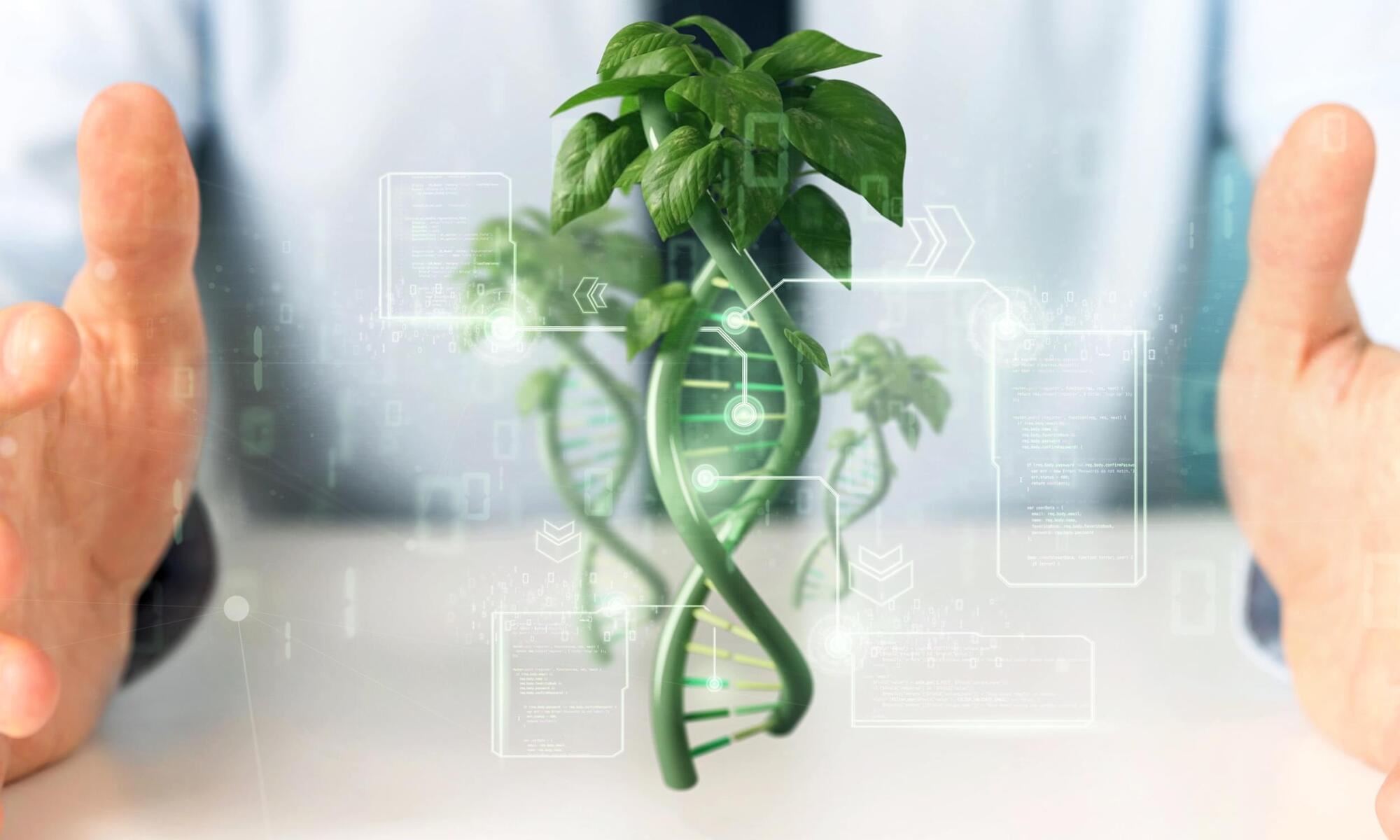

Researchers are breaking new ground with halide perovskites, promising a revolution in energy-efficient technologies.
By exploring these materials at the nanoscale.
The term “nanoscale” refers to dimensions that are measured in nanometers (nm), with one nanometer equaling one-billionth of a meter. This scale encompasses sizes from approximately 1 to 100 nanometers, where unique physical, chemical, and biological properties emerge that are not present in bulk materials. At the nanoscale, materials exhibit phenomena such as quantum effects and increased surface area to volume ratios, which can significantly alter their optical, electrical, and magnetic behaviors. These characteristics make nanoscale materials highly valuable for a wide range of applications, including electronics, medicine, and materials science.
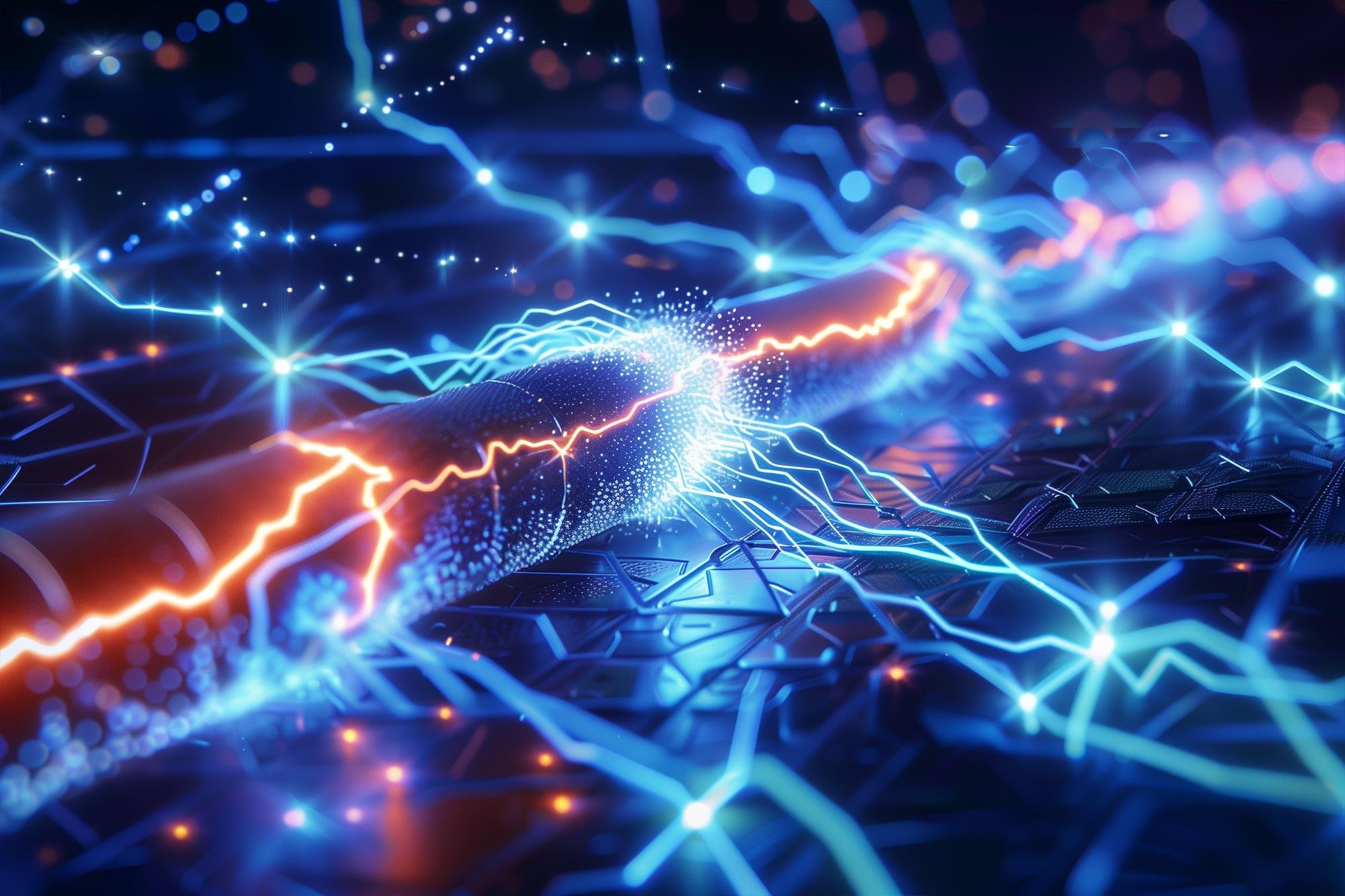
Researchers have discovered that superconducting nanowire photon.
A photon is a particle of light. It is the basic unit of light and other electromagnetic radiation, and is responsible for the electromagnetic force, one of the four fundamental forces of nature. Photons have no mass, but they do have energy and momentum. They travel at the speed of light in a vacuum, and can have different wavelengths, which correspond to different colors of light. Photons can also have different energies, which correspond to different frequencies of light.
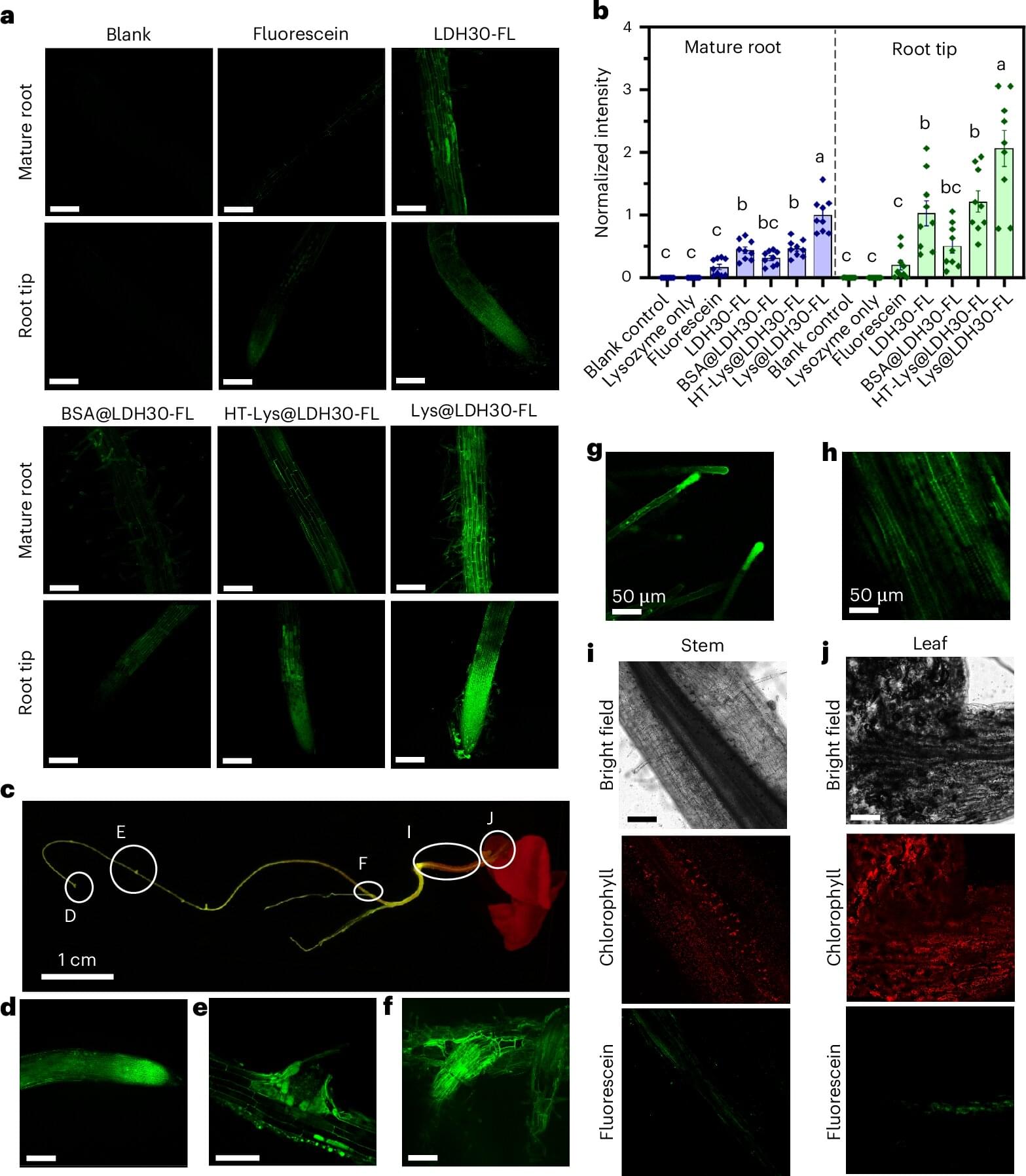
University of Queensland researchers have for the first time introduced genetic material into plants via their roots, opening a potential pathway for rapid crop improvement. The research is published in Nature Plants.
Professor Bernard Carroll from UQ’s School of Chemistry and Molecular Biosciences said nanoparticle technology could help fine-tune plant genes to increase crop yield and improve food quality.
“Traditional plant breeding and genetic modification take many generations to produce a new crop variety, which is time-consuming and expensive,” Professor Carroll said.
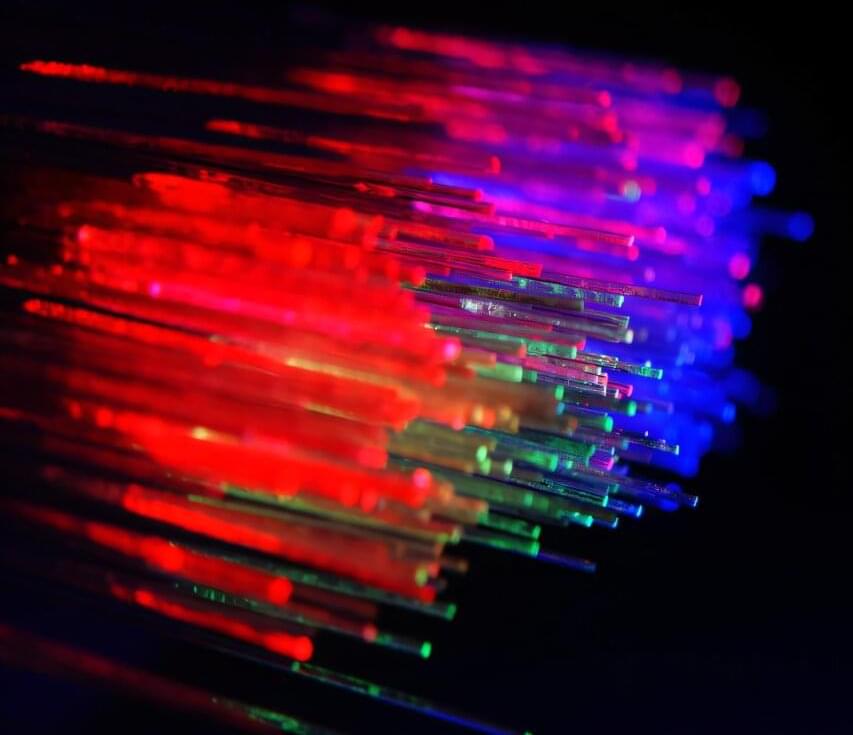
From high-speed communication to quantum computing and sensing, the detection, transmission, and manipulation of light (photons) have transformed modern electronics. Central to these systems are photon detectors, which detect and measure photons.
One notable type is the superconducting nanowire single-photon detector (SNSPD). SNSPDs utilize ultra-thin superconducting wires that quickly transition from a superconducting state to a resistive state when a photon strikes, allowing for ultra-fast detection.
The wires in these detectors are arranged in a Peano arced-fractal pattern, which remains consistent across various scales. This unique design enables the detector to detect photons regardless of their direction or polarization (the orientation of the photon’s electric field). Due to these advantages, arced-fractal SNSPDs (AF SNSPDs) are crucial in applications such as light detection and ranging, quantum computing, and quantum communication.

Researchers have made a breakthrough in THz frequency conversion using graphene.
Graphene is an allotrope of carbon in the form of a single layer of atoms in a two-dimensional hexagonal lattice in which one atom forms each vertex. It is the basic structural element of other allotropes of carbon, including graphite, charcoal, carbon nanotubes, and fullerenes. In proportion to its thickness, it is about 100 times stronger than the strongest steel.